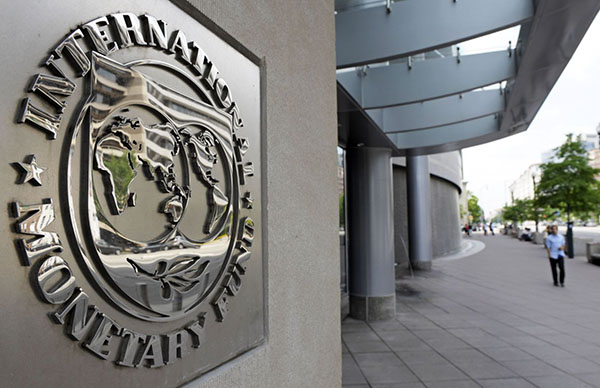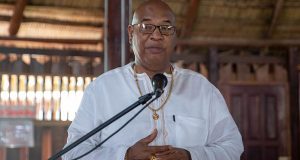GEORGETOWN, Guyana, November 5, 2019 (CMC) – After expanding by 4.4 percent this year — on the back of continued strength in the construction and services sectors, ahead of oil production in 2020 — Guyana’s economy could grow by a further 86 percent next year, according to the International Monetary Fund (IMF).
The Washington-based financial institution said that while Guyana’s annual gross domestic product (GDP) is US$4 billion, it will expand to about US$15 billion by 2024, and that will be driven by ExxonMobil’s discovery of oil, offshore the Caribbean Community (CARICOM) nation.
ExxonMobil has partnered with Hess Corporation and China’s CNOOC Limited to develop one of the world’s largest, new, deep-water oil discoveries off Guyana’s coast. It will begin pumping from its first well, next month, and by 2025 will be producing at least 750,000 barrels a day. TOTAL SA, Tullow Oil Plc and Repsol SA are also among the companies exploring in Guyana’s waters.
The IMF calculated that the country’s oil sector will represent about 40 percent of the economy, within five years, although it noted that its forecast may be subject to large revisions, since even small changes to the projected oil output in 2020 would result in significant swings in the overall economic performance.
The projections were made by an IMF mission, led by Arnold McIntyre, which visited Georgetown in June this year, and held discussions for the 2019 Article IV Consultation. The team had met with Prime Minister, Moses Nagamootoo; Finance Minister, Winston Jordan; Minister of Legal Affairs and Attorney General, Basil Williams; Central Bank Governor, Dr. Gobind Ganga and other senior officials; representatives from the private sector; banks; the opposition party; labour unions; and other stakeholders.
The mission reported that real GDP grew by 4.1 percent in 2018 — up from 2.1 percent in 2017 — led by the construction and services sectors. It said inflation remained steady at 1.6 percent at the end of 2018, on the back of stable food prices and exchange rate.
According to the report, the commencement of oil production in 2020 presents an opportunity to scale-up capital and current spending at a measured pace, over the medium term, to address infrastructure gaps and human development needs, while attenuating debt sustainability concerns at the same time.
The Guyana government expects the initial US$300 million a year in revenue from profit-sharing and royalties in the oil sector to more than double, after a second offshore well starts production around 2022. That money will go directly to the Sovereign Wealth Fund (SWF), which was established this year, and will be used for “inter-generational” savings, to protect against oil price swings, and to fund development plans,” Finance Minister Jordan explained.
 Pride News Canada's Leader In African Canadian & Caribbean News, Views & Lifestyle
Pride News Canada's Leader In African Canadian & Caribbean News, Views & Lifestyle





